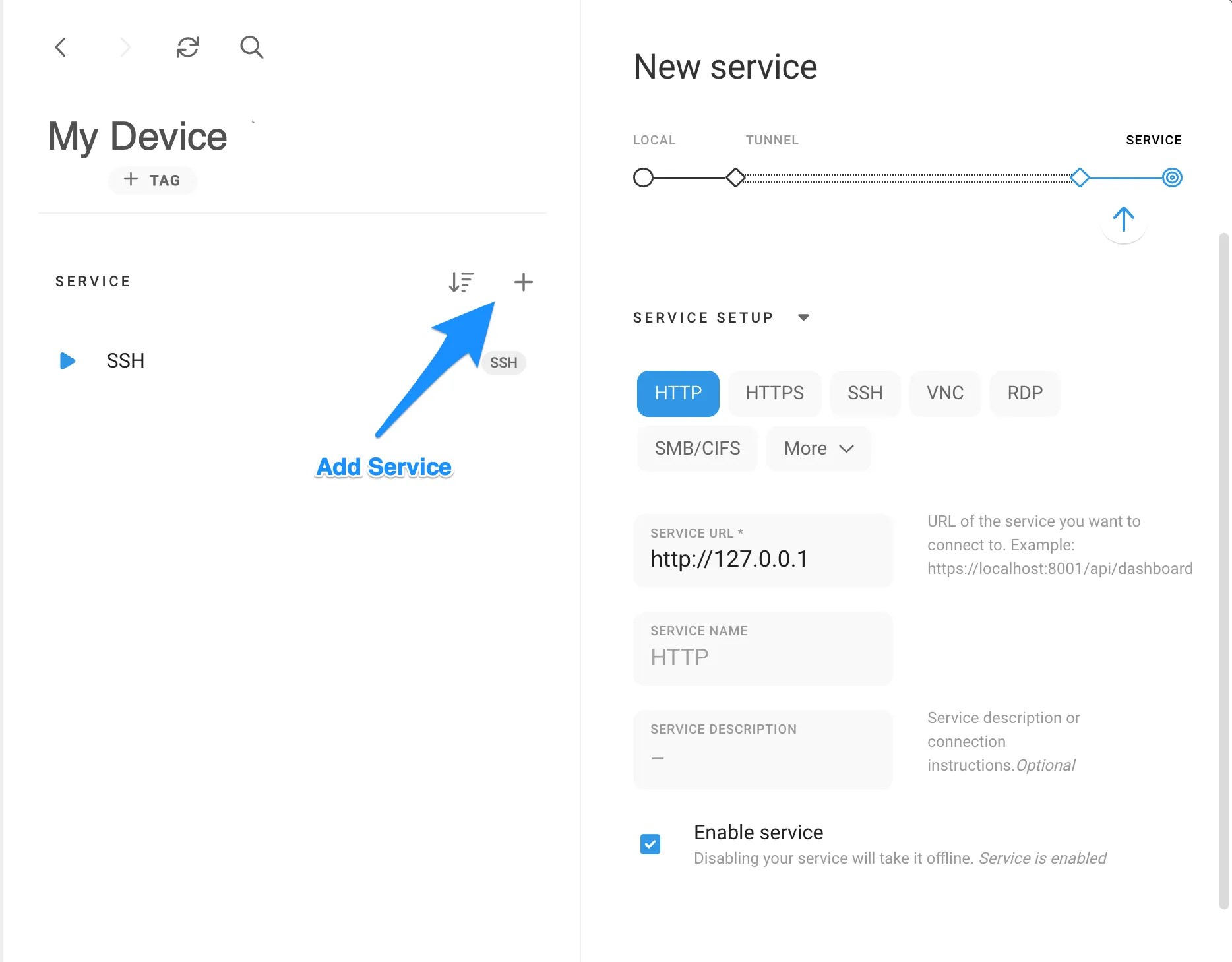
We believe in securely connecting everything by enabling users to build private networks within the internet that only they can see. We provide zero trust IT/OT networking as a service.
Language
English
日本

The Raspberry Pi is a versatile microcontroller board with a variety of uses from home tinker projects to IoT and manufacturing processes. These instructions are intended as a general guide for remote access. As a general rule, if your Raspberry Pi is hosting a service which is accessible via a LAN address and port, then Remote.It can be used for access from outside the LAN without port forwarding on a public IP address.
Don't have your Pi set up yet? Try our Raspberry Pi Image with Bluetooth WiFi Onboarding
Requirements to remotely connect to your Raspberry Pi:



Remote.It has a lot more to offer from allowing you to share your devices to friends and colleagues, advanced connection configurations, online/offline notifications, manufacturing support and more. Learn about them here.